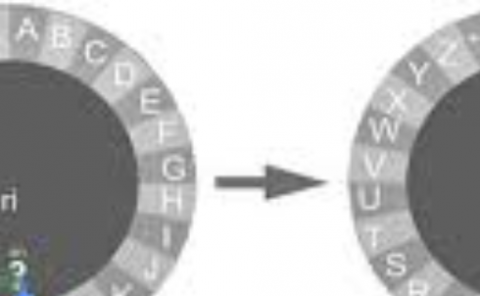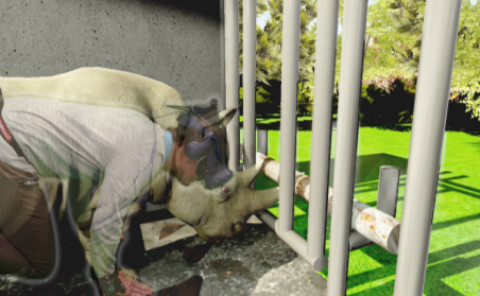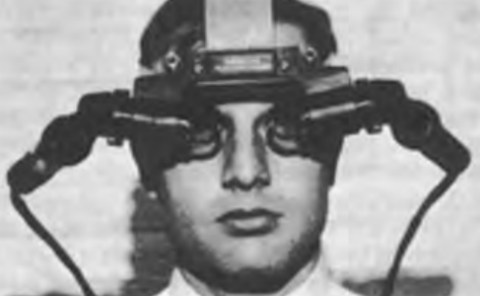3D Distillation: Improving Self-Supervised Monocular Depth Estimation on Reflective Surfaces
PubDate: Oct 2023
Teams: Qualcomm 2Imperial College London 3KAIST
Writers: Xuepeng Shi2 Georgi Dikov1 Gerhard Reitmayr1 Tae-Kyun Kim2,3 Mohsen Ghafoorian1
PDF: 3D Distillation: Improving Self-Supervised Monocular Depth Estimation on Reflective Surfaces

Abstract
Self-supervised monocular depth estimation (SSMDE) aims at predicting the dense depth maps of monocular images, by learning to minimize a photometric loss using spatially neighboring image pairs during training. While SSMDE offers a significant scalability advantage over supervised approaches, it performs poorly on reflective surfaces as the photometric constancy assumption of the photometric loss is violated. We note that the appearance of reflective surfaces is view-dependent and often there are views of such surfaces in the training data that are not contaminated by strong specular reflections. Thus, reflective surfaces can be accurately reconstructed by aggregating the predicted depth of these views. Motivated by this observation, we propose 3D distillation: a novel training framework that utilizes the projected depth of reconstructed reflective surfaces to generate reasonably accurate depth pseudo-labels. To identify those surfaces automatically, we employ an uncertainty-guided depth fusion method, combining the smoother and more accurate projected depth on reflective surfaces and the detailed predicted depth elsewhere. In our experiments using the ScanNet and 7-Scenes datasets, we show that 3D distillation not only significantly improves the prediction accuracy, especially on the problematic surfaces, but also that it generalizes well over various underlying network architectures and to new datasets.



